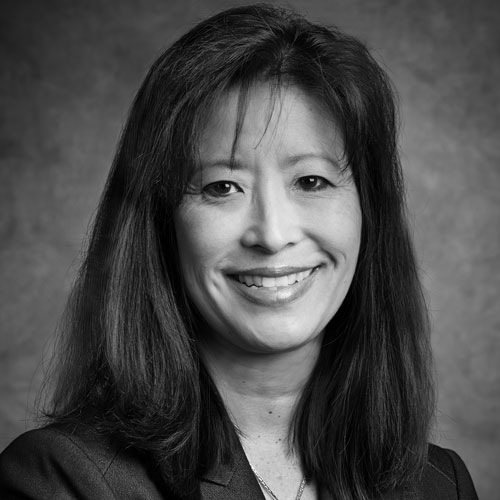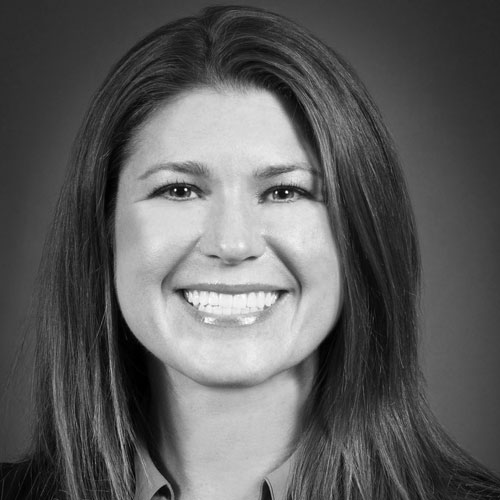When Rose Hauser joined WellCare Health Plans, Inc. in February 2014, she saw the opportunity for IT to showcase the significant value it could bring to WellCare’s members and the bottom line. The company wasn’t struggling—in fact, its revenue had grown 29 percent, to $9.4 billion, in 2013. But that level of growth, which had been developing for a decade, presented many business units—including Hauser’s information technology department—with the opportunity to get a step ahead. “The time was ripe for WellCare to reinvest and leverage new infrastructure and application technologies so it could support the tremendous membership and revenue growth it had experienced,” says Hauser, who, as senior vice president and chief information officer, made doing so her mission.
Hauser didn’t come to WellCare—which provides managed-care services targeted to government-sponsored health-care programs, including Medicaid, Medicare, prescription-drug plans and the health-insurance marketplace—from the health-care industry. Prior to 2014, she was CIO of two telecommunications companies, FairPoint Communications and Hawaiian Telecommunications. But the CIO role isn’t industry-specific, Hauser says. “In every industry, the CIO, as part of the senior management team, works collaboratively with the business to build a strategy, and the IT role is an enabler of that strategy,” she says.
Hauser was drawn to WellCare because managed care, in addition to helping people in need, is a growth business. She also liked the fact that it presented the opportunity to make a difference, just like she did at FairPoint Communications and Hawaiian Telecommunications. “They were unlike WellCare in that they were struggling and going through bankruptcies, but the basic principles remain the same,” says Hauser. “In each case it was important to make IT a robust enabler for the business and to develop the IT culture so it could drive stronger partnership with the business,” Hauser says.
The first question a new CIO has to ask, says Hauser, is where the business is going at the enterprise architecture level so that the IT department can be an enabler. “Where does the company need new platforms and systems to support its growth?” she says. The answers showed her that a number of things were process related. “We had a need for a centralized testing organization and centralized program office and more requirements for the business,” Hauser says, who also began looking at talent management to ensure the right IT people were in the right positions. “We want to advance those who are strong technical leaders as well as strong people managers,” she says.
Once the IT group was organized appropriately, Hauser began looking at the existing technology and making decisions about what needed to be upgraded. One clear choice was WellCare’s medical management platform, which supports the care management for more than four million members. Hauser and her team went through a lengthy evaluation process to select a new vendor. The winner was Pega, whose business process management and customer relationship management platforms are used by thirteen of the fourteen largest US health-care payers.
The multimillion-dollar project, which will be implemented over several years, will also touch on other systems, Hauser says. “Our strategy was to pick a platform, then put things on that platform that make sense,” she explains. Pega is known for workflow, for example, and a lot of things WellCare does in claims, specifically how claims move from department to department, are all moving into a Pega workflow tool.
Six different projects are in process on the Pega platform, which will ultimately give the business a 360-degree view of the WellCare customer and the health-care provider. “It really changes the way we think about the business,” she says. “Now the view will be more holistic.”
But the changes Hauser made weren’t just about new technology and ensuring that the right people were in the right roles. Many of the changes addressed other people opportunities and processes. A big game changer, for example, was bringing in solution architects, individuals who work with the business on ideation. When a businessperson has an idea for a new system, he or she contacts the solution architects, who develop a high-level design and provide a directionally correct estimate of the cost of implementation. The businessperson can then determine if there’s a suitable return on investment to proceed with funding approval and take the idea forward though its life cycle.
Then there’s data. Today, data can be found in many locations, and business units create reports from their own sources. Hauser and her team are changing that, with a multiyear program underway to get data centralized into a data warehouse. “There will be a single source of the truth, with governance, so we can all pull the most current and accurate information from the same place,” she says.
One of Hauser’s biggest opportunities has been helping people to see that the adoption of her team’s new practices will ultimately help make everyone’s jobs easier. “Doing things through the software-development life cycle is a discipline,” she says. “People had been accustomed to doing what was needed for their group’s success.” It’s up to Hauser and her team to repeatedly show people the value of the new process. Education is essential, and the department has run hundreds of training classes solely on the topic of how the business can engage IT and initiate work.
There’s a lot of change that Hauser has accomplished in a single year, but it’s all in keeping with her personality. “I chose IT because it’s a wonderful career that presents a lot of excitement if you love to learn, because it’s constantly changing,” she says, adding that the health-care industry was a particularly good choice. “Health care is in growth mode, and IT can be a strong enabler of the developing processes.”

